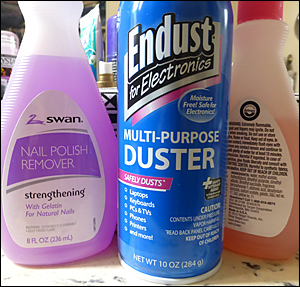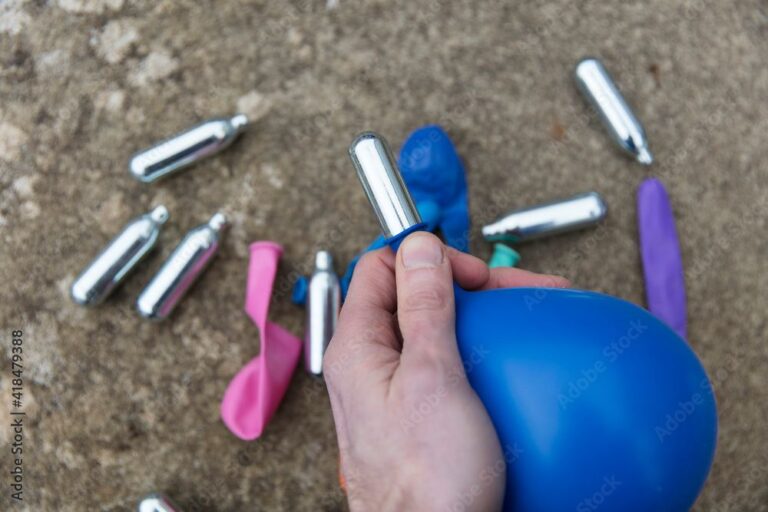
Here’s some startling information: more than 22.9 million Americans have experimented with dangerous, sometimes deadly, inhalants. Most of those people are teenagers. “Huffing,” if you don’t already know, is the intentional inhalation of chemical vapors in order to get “high” or experience a euphoric state.
The vast majority of American homes are filled with inhalants, such as Freon in air conditioners, spray paint, paint thinner, nail polish remover, or even cans of whipped cream in the refrigerator, which those enterprising kids can use to get high. In fact, even if they’re not kept in the house, many of these inhalants are easily purchased at the local grocery store by anyone at any age.
A 2012 survey, conducted by the Department of Health and Human Services, found that 584,000 people from the age of 12 or older had used inhalants for the first time in the past twelve months. Furthermore, 62 percent of those people were under age 18.
The Health Risks From Inhalant Abuse
1. Sudden Sniffing Death Syndrome (SSDS) – sniffing inhalants can cause an irregular heartbeat. Heart failure and instant death can result from these dangerous chemicals, especially if a “huffer” engages in strenuous activity after using an inhalant.
SSDS has also been known to occur when someone using an inhalant is startled while inhaling poisonous chemicals, like while being caught in the act of it. Even scarier is the fact that SSDS can occur at any time. There doesn’t need to be prolonged inhalant abuse for this to happen. It can be a user first or hundredth time abusing an inhalant.
2. Brain Damage—Inhalant-related brain damage is very real, as these chemicals poison different parts of this very sensitive and vital organ. It’s believed that various chemicals found in some inhalants dissolve the protective casing around brain cells, resulting in the death of those cells. Prolonged cellular death can cause permanent personality changes, learning disabilities, memory impairments, and hallucinations.
Other chemicals might affect the cerebellum, the area of the brain that controls balance and coordination. Inhalant abusers can develop uncontrollable shaking and tremors in their extremities.
Toluene, a common chemical found in products such as paint thinners, has the potential to create problems with the ophthalmic nerves in the brain. This can result in sight impairments and disorders.
3. Bodily Damage – there’s a host of damage that inhalant abuse creates in the human body, especially a young developing one. Spray paint used as an inhalant will cause lung damage over time, and has also been linked to serious liver damage.
Methylene chloride, which is found in paint thinners, decreases the blood’s ability to carry oxygen throughout the body. Kidney function is diminished by Toluene because it can no longer regulate the amount of acid in the blood. Once this chemical is removed from the body, kidney function improves, but users tend to develop long-term kidney stones.
There are as many as 1,400 different household products that can be abused as inhalants. It’s important that parents recognize the signs of “huffing” in their children. These can range from continued drowsiness, light-headedness, belligerence, impaired judgment, and apathy.
Far too often inhalant abuse goes undetected simply because it’s not something parents and caregivers are looking for.
The Alliance for Consumer Education launched its Inhalant Abuse Prevention Kit in 2004 and the Inhalant Abuse Prevention website where it can be found is a great resource for parents concerned that their children may be experimenting with inhalants and huffing.
To hear a first-hand account of just how bad huffing can be, listen to the Podcast of Allison Fogerty talking about Overcoming Inhalants. She was featured on the A&E Show “Intervention,” and while she admits she was an unwilling participant, the experience actually saved her life.
Related:
E-Cigarette Dripping Causes Toxic Emissions for Teenagers
‘Unhooked’ is a Mother’s Story About Facing Her Son’s Addiction
Cannabinoid Hyperemesis Syndrome is Marijuana Induced Sickness





